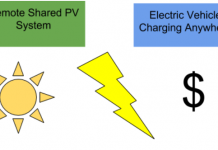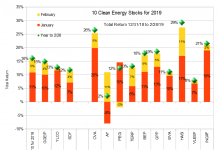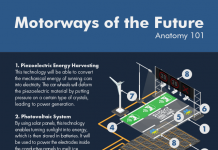Two related pieces of news yesterday, one that was the day’s headline and the other that drew a little less attention. First, the big news: auto makers, especially US-based ones, got hammered by their product mixes. As expected, Americans are responding to a rise in gasoline prices by turning away from trucks and demanding cars, especially small ones. Of course, this spells nothing but hard times for the likes of Ford, GM and Chrysler, who are still hungover from a decade-long party fueled by high-margin pick-up trucks and SUVs. Economic incentives, whether state-imposed or market-driven, work after all. Second, the International Energy Agency, the OECD’s energy body, put out yet another gloomy forecast on the medium-term oil supply situation. By 2013, when a good bit of energy demand in the West will have been destroyed by high prices, the emerging world will have more than picked up the torch from us. Throughout this period, the physical reality that consuming ever-growing amounts of a finite resource leads to..well…its eventual exhaustion should become clear through price signals. There are two forces at play here pointing toward sustained increases in the price of gasoline. First, the oil supply-demand balance will continue to be skewed as (a) incremental demand from the emerging world will outstrip demand destruction in the West and (b) there are no viable alternatives to oil in the near and medium terms. Second, investors will continue to want the same returns no matter what happens to the marginal cost of oil , which will grow as more marginal reserves are brought into production. Given growing operating and resource costs and the lack of alternatives, prices will naturally trend up so that earnings stay unaffected and shareholder returns maintained, allowing firms to keep capital costs under control. What does this mean for the so-called “Big Three” – GM, Ford and Chrysler? This means that the gasoline price picture will not drastically change on them, at least in the long run. They can thus safely turn their attention and capital away from gas-guzzlers and get real about small and next-gen cars like hybrids and plug-in hybrids. GM is already doing it. This also means that they have a chance to start afresh in emerging markets, where their production and value chains aren`t burdened by a long legacy of manufacturing primarily large vehicles. And I’m also talking about image here. When the average American car buyer thinks efficiency, the first corporate logos to pop in his/her mind are T- or H-shaped, and as long as Ford keeps pushing the F Series through primetime TV adds its place in consumers’ mental landscapes will stay right where it is (along with its sales). I therefore think that, gloomy as they may look, the next few years will offer some interesting opportunities, at least for GM and Ford. In the car sector, companies take a few years to respond to demand shifts, so there may yet be more pain on the way. However, the pain and all the media noise around it could mask smart strategic moves. What would I look for as signs that things are headed in the right direction? Here’s three items for starters: a) Announcements of North American factories being retooled to accommodate car (vs. truck) production. I`m not even talking new models here – just churn out sufficient quantities of existing car models to meet consumer demand b) Announcements of next-gen car models to be rolled-out within reasonable time frames, and, even better, proof of execution on these announcements c) Growing sales of small cars in key emerging markets like Russia, China, India and Brazil Let us hope that 2008 is the year the Big Three wake up to the world Toyota has been living in for the better part of this decade, and that their capital and other resources are mobilized to meet the challenges $200 oil will bring their way. As for investors, look for the indicators above, and for other signs the market may be ignoring (e.g. a growing ratio of small car ads to pick-up ads on TV). Many market participants still refuse to see something secular at play here, and this may provide an opportunity to pick up on promising developments early on. Update (July 3): Interesting GM should announce today, on a backdrop of analysts claiming the company could go bankrupt, that it is thinking of launching its Chevy Beat here in North America. The Beat is a much smaller model that is popular in other parts of the world, namely Asia and Latin America. This car does 40 mpg, compared with the Hummer at 16.
DISCLOSURE: The author does not have a position in any of stocks discussed in this article








